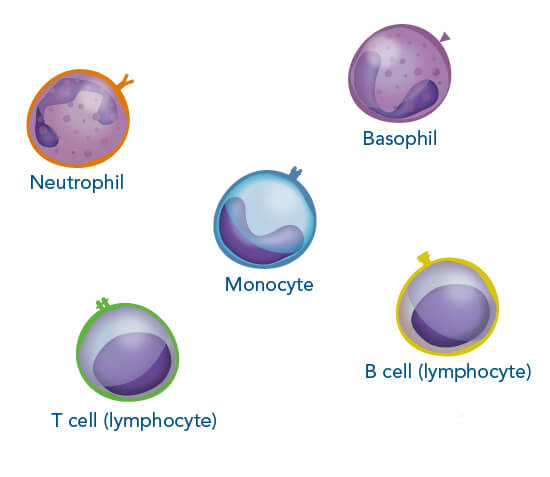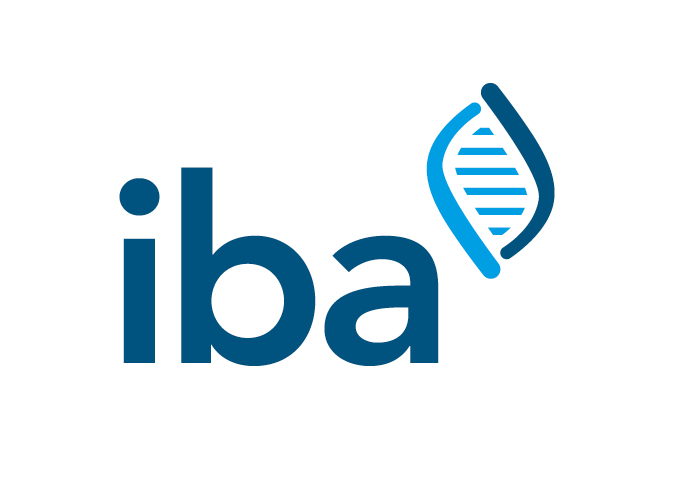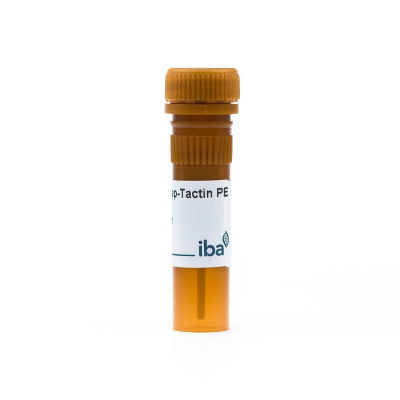Cell Isolation Mouse
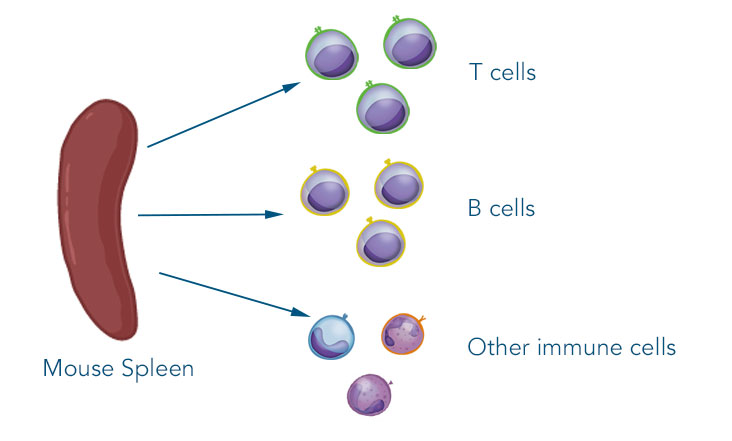
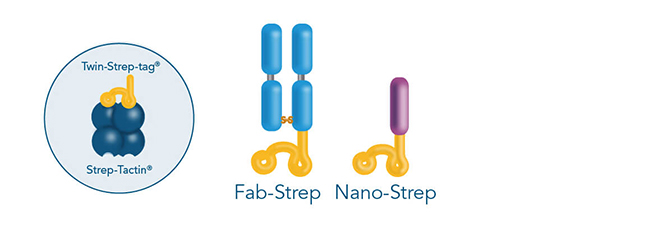
We developed low affinity Fab fragments or selected nanobodies that weakly bind to the cell. Only an increase in avidity (i.e. combining the individual binding strengths) ensures that cells are efficiently captured. This is achieved by multimerizing Fab fragments or nanobodies on a backbone such as Strep-Tactin®, which is a streptavidin derivative.
Strep-Tactin® is, like streptavidin, a tetrameric molecule with four biotin binding pockets. We developed an amino acid sequence that binds to two of these pockets. This amino acid sequence is called Twin-Strep-tag® and is fused as a tag to our Fab fragments (Fab-Streps) or nanobodies (Nano-Streps).
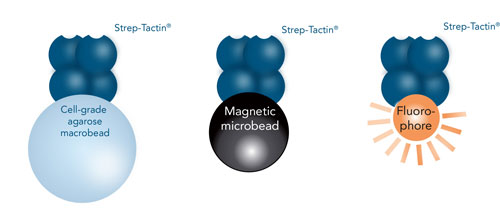
Strep-Tactin® is available as different conjugates that are all suitable for traceless affinity cell selection (TACS). For fluorescent cell staining and sorting, we offer Strep-Tactin® conjugated to fluorophores PE or APC. We also offer columns filled with an agarose coupled to Strep-Tactin® (Strep-Tactin® TACS Agarose) that can be used for selecting cells using affinity chromatography. Strep-Tactin® Magnetic Microbeads are suitable for magnetic labeling and isolation of cells.
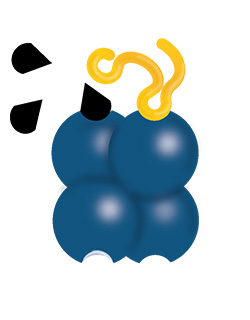
Although Strep-Tactin® efficiently binds to the Twin-Strep-tag® and thereby immobilizes Fab fragments or nanobodies, it has a much higher affinity to biotin. Addition of 1 mM biotin causes the complete release of all bound Fab fragments or nanobodies. At the same time, the multimerization is dissolved and Fab fragments/nanobodies spontaneously dissociate from the cells due to their low affinity. This way, the eluted cells are completely label-free.
What results can I expect?
Here are some example data for CD3+ T cell isolation from murine splenocytes (n = 7) using affinity chromatographic Fab-TACS®:
High purity: > 91%
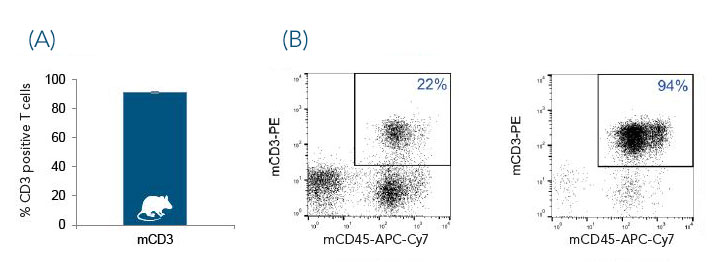
High yield: > 85%
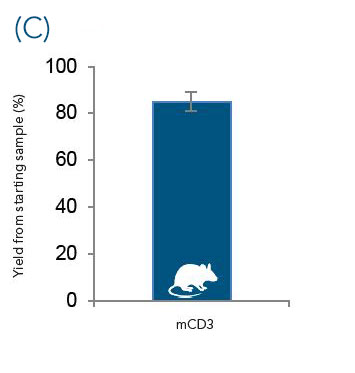
High viability: > 91%
CD3+ cells were isolated from murine splenocytes (A, n=7) using the affinity chromatographic Fab- TACS® isolation method. Data are displayed as mean ± SEM. Cells were analyzed by flow cytometry. Representative FACS plots before and after enrichment are shown in (B). An average of 91% CD3+ T cells demonstrates that highly pure populations could be isolated. A yield of > 85% (C) also shows that the isolation procedure is very efficient. In addition, a viability of > 91% (D) highlights that this method is stress-free for cells.
What are the advantages of using Fab-TACS®/Nano-TACS® for cell isolation?
- The positive cell selection approach permits direct labeling of target cells, which results into highly pure cell populations even from samples with an unknown composition. As all reagents are removed during the isolation procedure, cells are completely label-free, similar to an “untouched” negative cell selection approach.
- The choice between different isolation methods (fluorescent, magnetic, affinity chromatographic) offers the possibility to adapt the isolation procedure to different cell numbers and sample types.
- The affinity chromatographic approach allows the isolation of several samples in parallel due to the easy fitting of columns into standard 15 ml or 50 ml tubes using TACS column adapters.
- This system is highly flexible. All Strep-Tactin® conjugates can be combined with capture proteins that have a Twin-Strep-tag®. Therefore, you can use your own antibody in this system. Alternatively, desthiobiotinylated antibodies are an option. If biotinylated antibodies are used, elution with biotin is not possible and therefore we only recommend the use of these antibodies if negative cell selection or cell depletion are required.
What do I need to start?
T cells
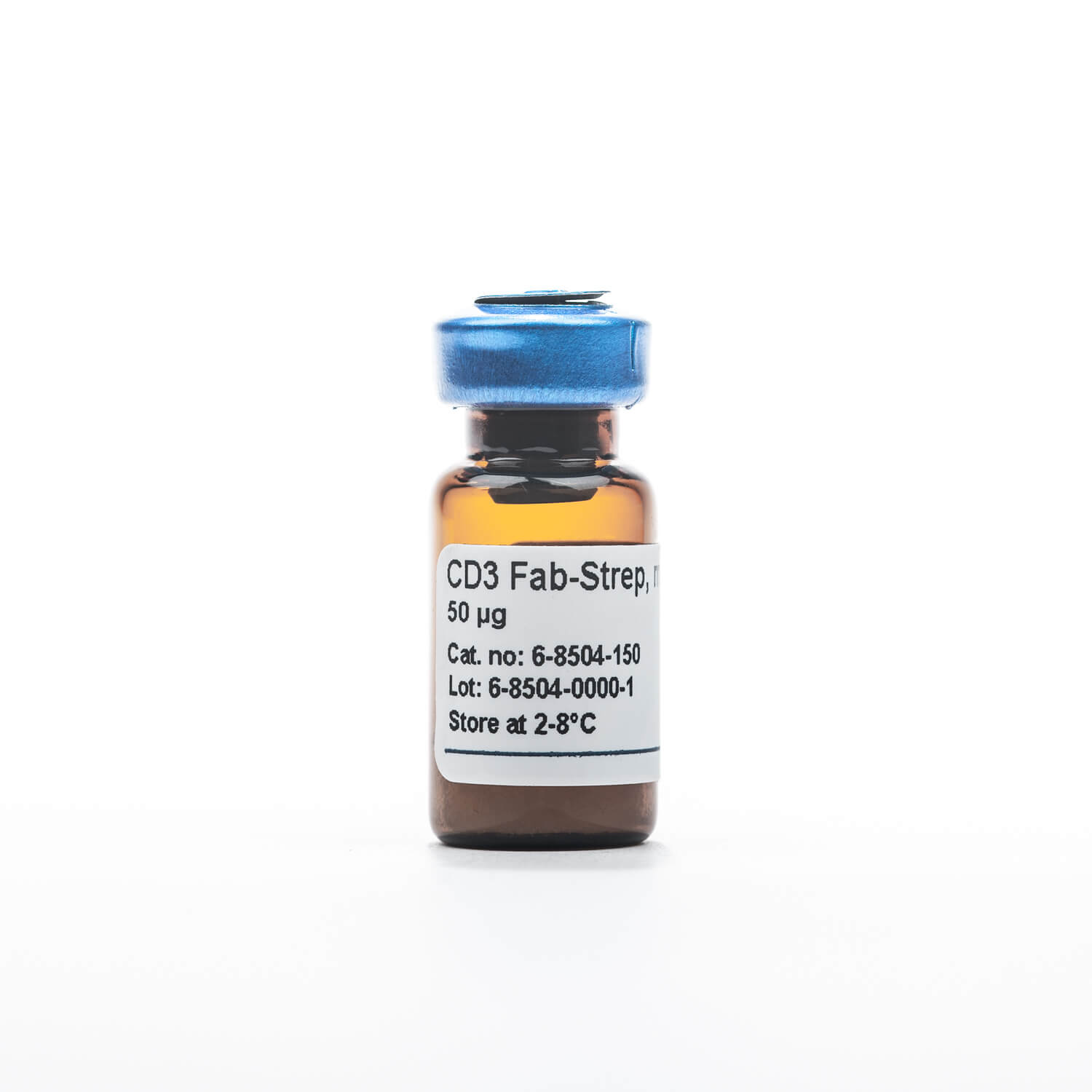
Low affinity Fab fragment fused to a Twin-Strep-tag® and specific for murine CD3
T helper cells
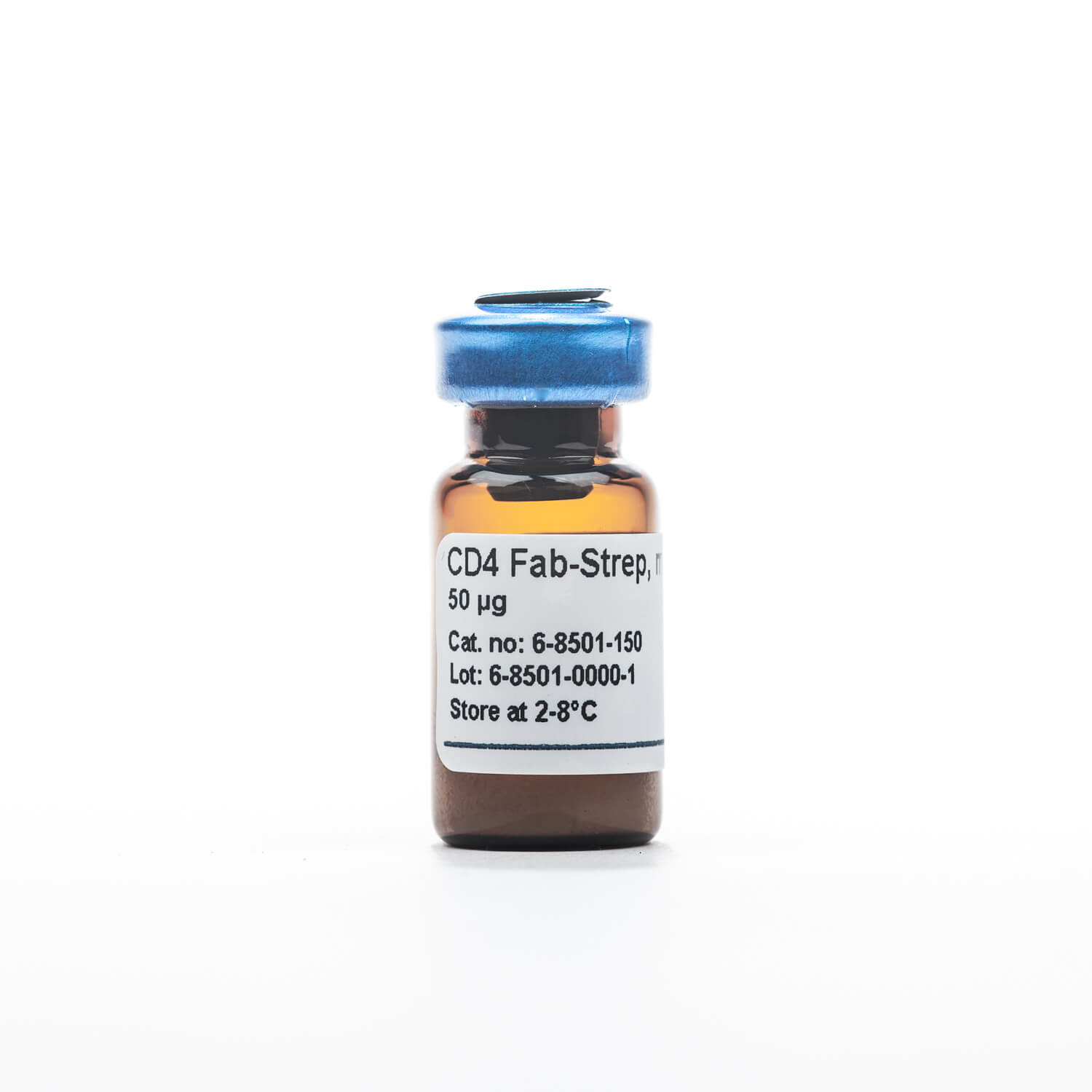
Low affinity Fab fragment fused to a Twin-Strep-tag® and specific for murine CD4
Cytotoxic T cells
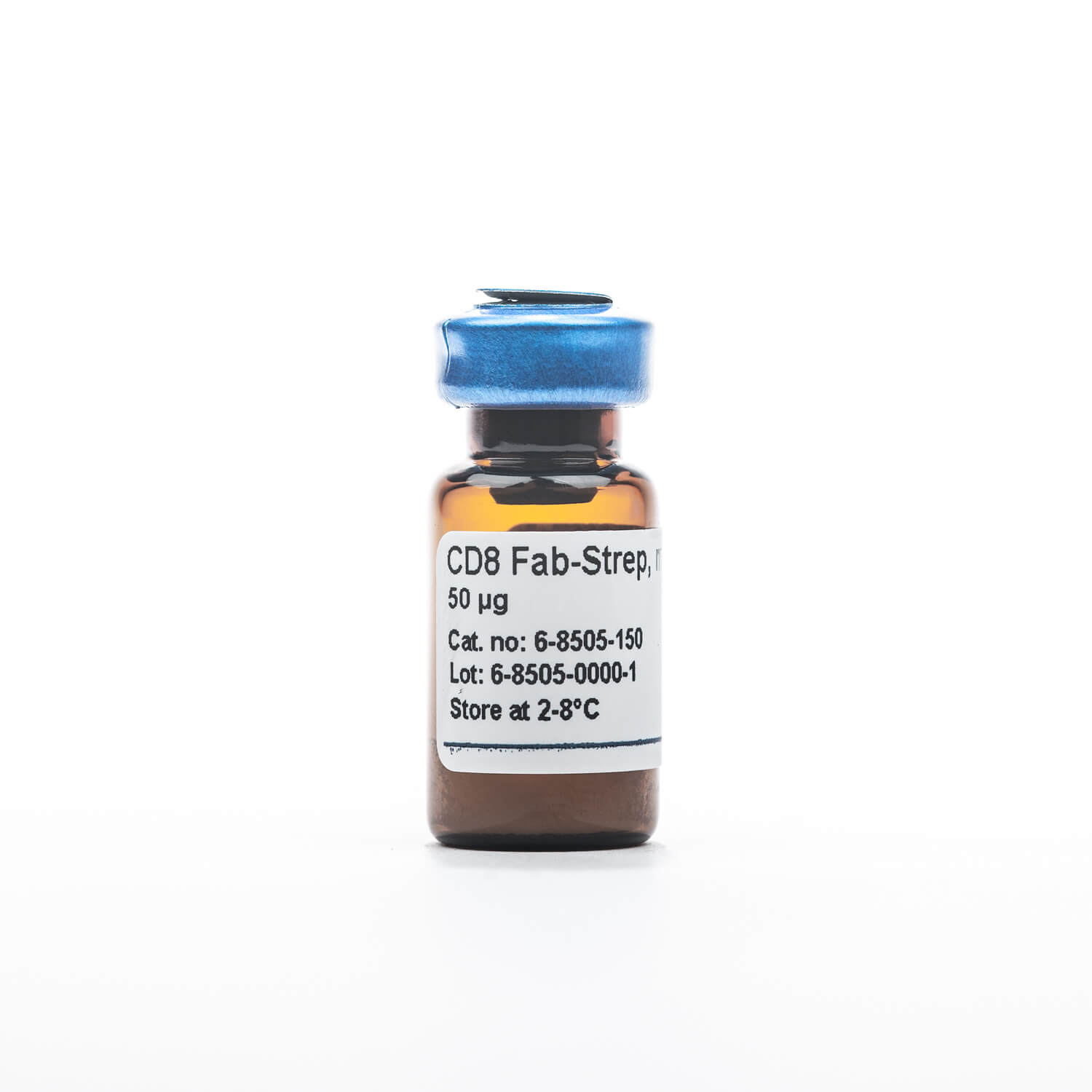
Low affinity Fab fragment fused to a Twin-Strep-tag® and specific for murine CD3
B cells
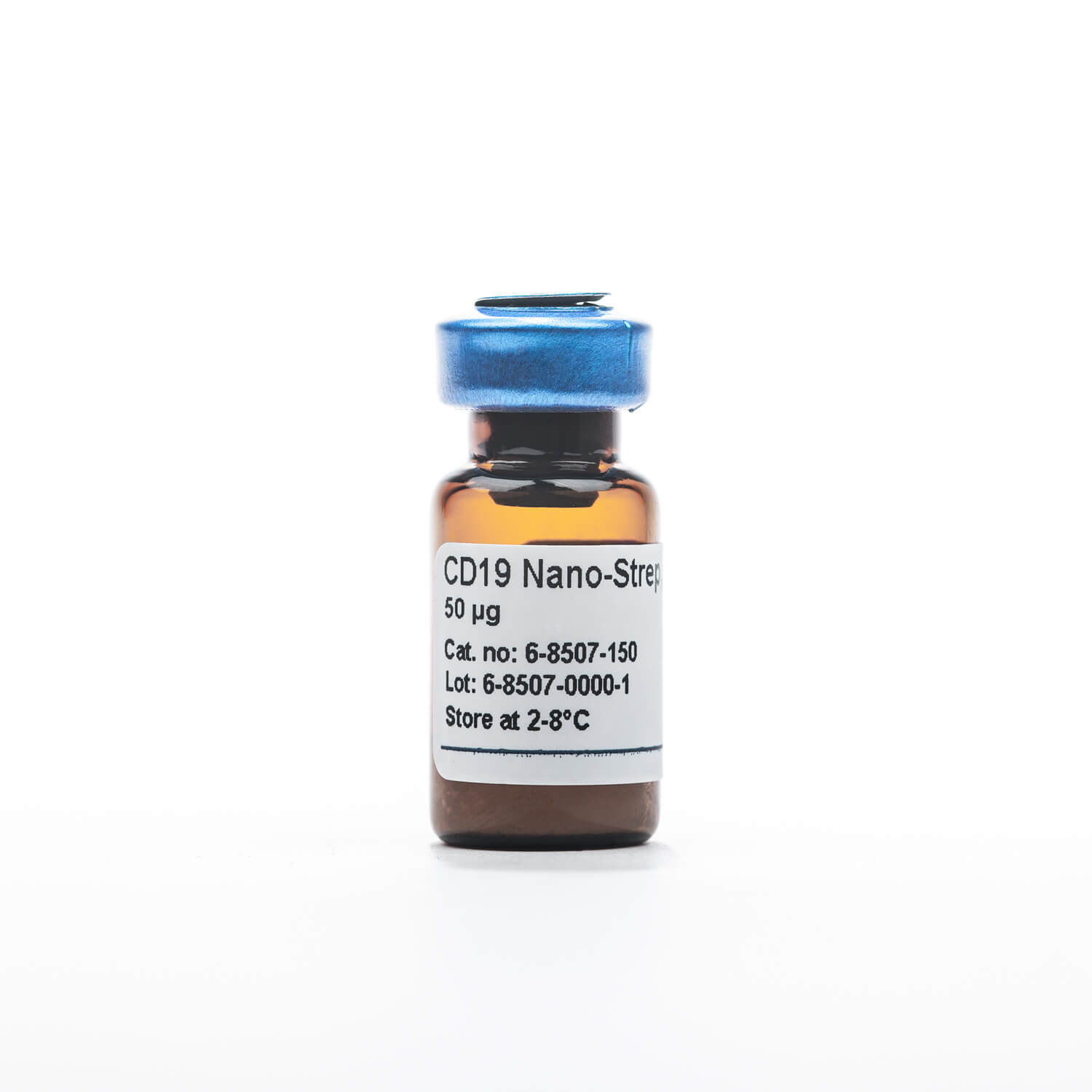
Low affinity Fab fragment fused to a Twin-Strep-tag® and specific for murine CD4
Magnetic isolation
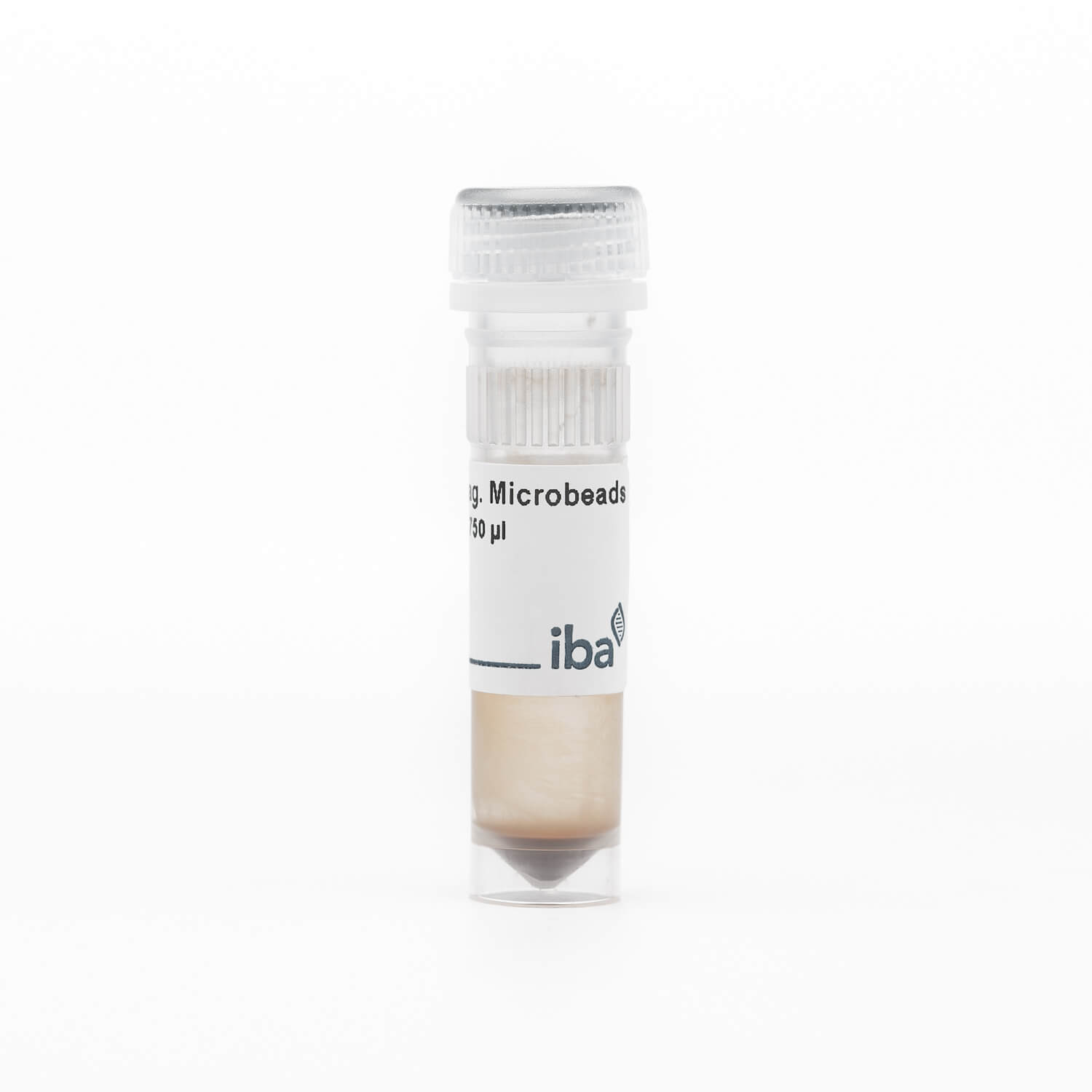
Strep-Tactin® multimers conjugated with magnetic microbeads
Affinity chromatographic isolation
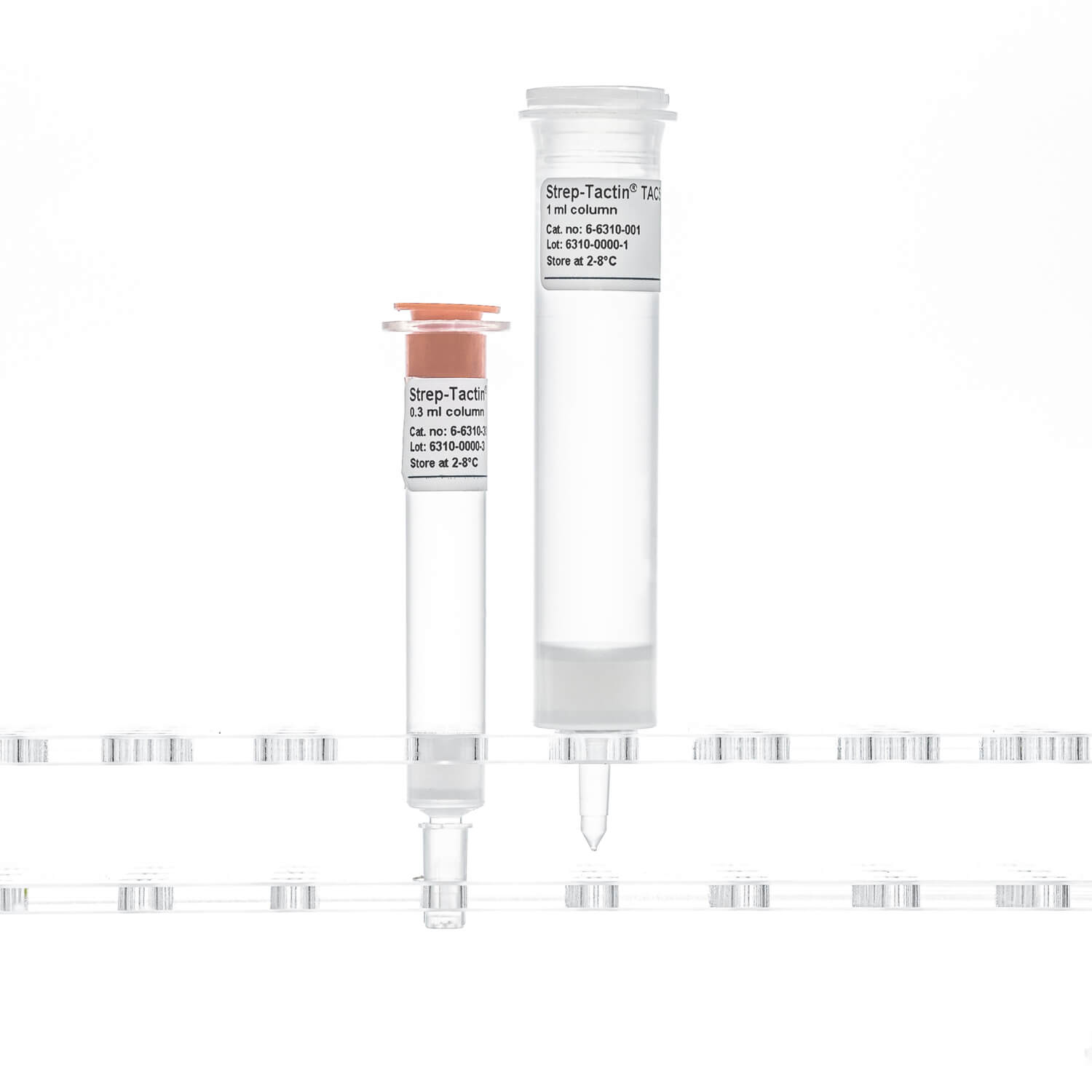
Gravity flow column suitable for traceless affinity cell and exosome isolation
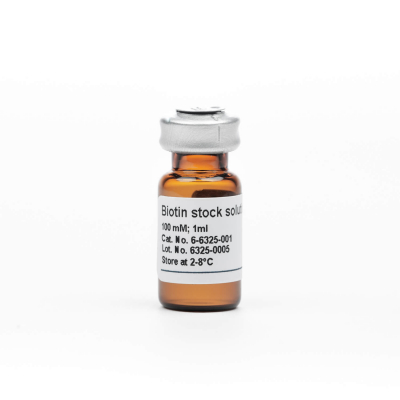
100 mM concentrated biotin for dissociation of Twin-Strep-tag® from Strep-Tactin® suitable for cells
We offer Fab-TACS®/Nano-TACS® Agarose Column Starter Kits that contain all necessary components.
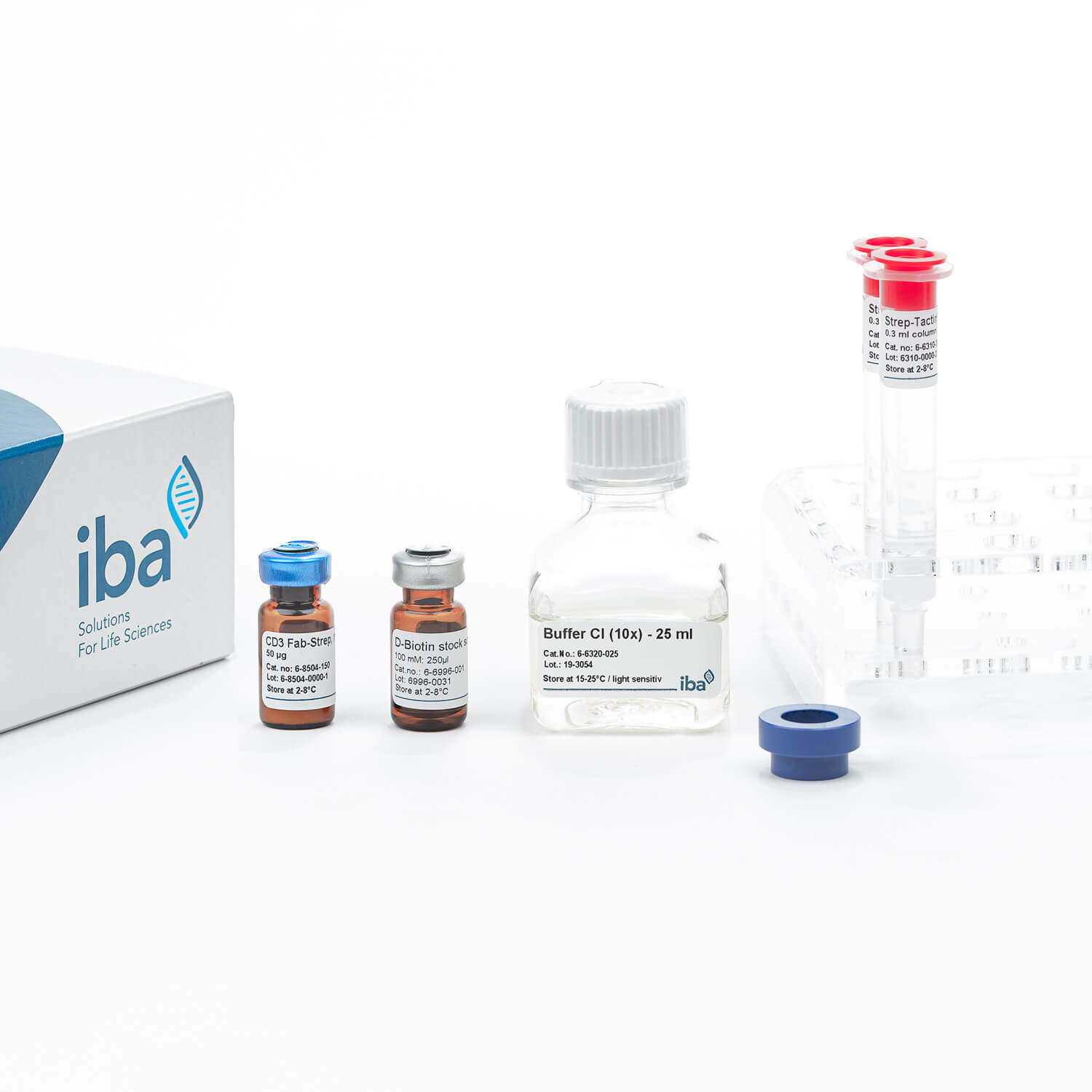
Label-free isolation of T cells from murine splenocytes

Label-free isolation of T helper cells from murine splenocytes

Label-free isolation of cytotoxic T cells from murine splenocytes

Label-free isolation of B cells from murine splenocytes
Other mouse spleen cells
Use your own capture proteins (Fab fragments, nanobodies or antibodies) and combine them with our Strep-Tactin® products for cell isolation!
Requirement: Capture proteins should have a Twin-Strep-tag®. Desthiobiotinylated or biotinylated (depletion only!) capture proteins are also an option.
